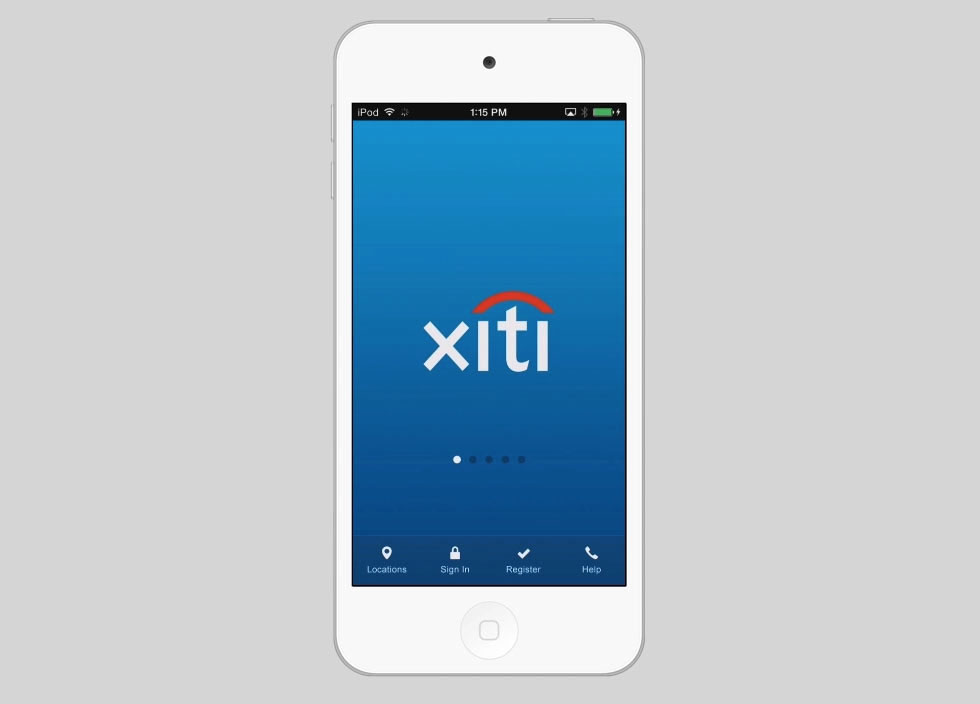When we founded Intridea in 2007, we came to a realization: If we wanted to build a truly revolutionary software company, we couldn’t restrict ourselves to hiring local talent. We’d have to reach beyond our own backyard and scope out the premier software developers and designers from across the globe.
Plus, we wanted to foster a culture of productivity and creativity at Intridea. We didn’t want to emulate the old-school customs and rituals that traditional companies follow. So we decided to create something completely different—the kind of creatively-charged workplace we’d always dreamed about.
But how would we pull all that off? And suddenly, the answer became crystal clear: We would create an entirely remote company, or a distributed team. And that’s exactly what we did...
Today @Intridea
Fast-forward to today. Intridea is still a fully distributed company with more than 30 employees sprinkled across the globe. Our workers don’t fight their way through rush hour traffic to parade into a brick-and-mortar office building. They don’t toil away on software designs in a sea of cubicles or a labyrinth of closed-door offices, nor do they meet each morning face-to-face around a conference room table. Instead, our software developers and designers work from the comfort of their homes—from Washington DC to New York City, California to Colorado, Maine to Missouri and beyond. Whether they wear pajamas and fuzzy slippers, sweat pants or jeans and whether they choose to work from their couch, a local coffee shop, their back porch or a home office, we don’t know, and frankly we don’t care—as long as they continue to create radically engaging, state-of-the-art software solutions.
Distributed is Here to Stay
Since we founded Intridea seven years ago, we’ve seen an explosion in the distributed trend across the globe. Because remote teams offer tremendous advantages, an increasing number of corporations and entrepreneurs are going mobile.
But you don’t have to take our word for it. Just feast your eyes on the numbers:
The U.S. Census Bureau reports that 13 million people (9.4 percent of the working population), work at home at least one day per week. That’s quite a leap from 7 percent in 1997. By 2016, 63 million Americans will be working remotely, Forrester Research predicts, adding that this trend will have a “far-reaching” impact on the nation’s economy. By 2020, 89 percent of all companies will have adopted mobile work styles with fewer office-based employees, Citrix predicts. Nearly three-quarters of companies that have adopted mobile work benefit from a more flexible, agile workforce, and more than half reported lower employee-related costs, Citrix reports. Nearly half of the companies also reported a greater ability to attract and retain top talent.
When you look at the research, it’s clear that distributed isn’t just a passing fad. This trend is here to stay.
Boundless Benefits
It’s really no wonder why the distributed trend is surging throughout the business world. With employees working remotely, companies can operate with very little overhead, often saving more than 30 percent on operating costs. To top it off, evidence shows that remote workers are generally more productive, happier and healthier.
For example, the U.K based telecom company O2 experimented with virtual work by allowing 3,000 of their employees to telecommute. More than one-third of the workers reported being more productive as a result of being able to work from home.
The list of favorable stories and statistics goes on and on. In fact, research proves that the distributed trend not only benefits employees and employers, but also society at large. We’ll delve more deeply into these advantages in our next three blogs.
Does your company work remote? Keep the conversation going! We'd love to hear from you.






